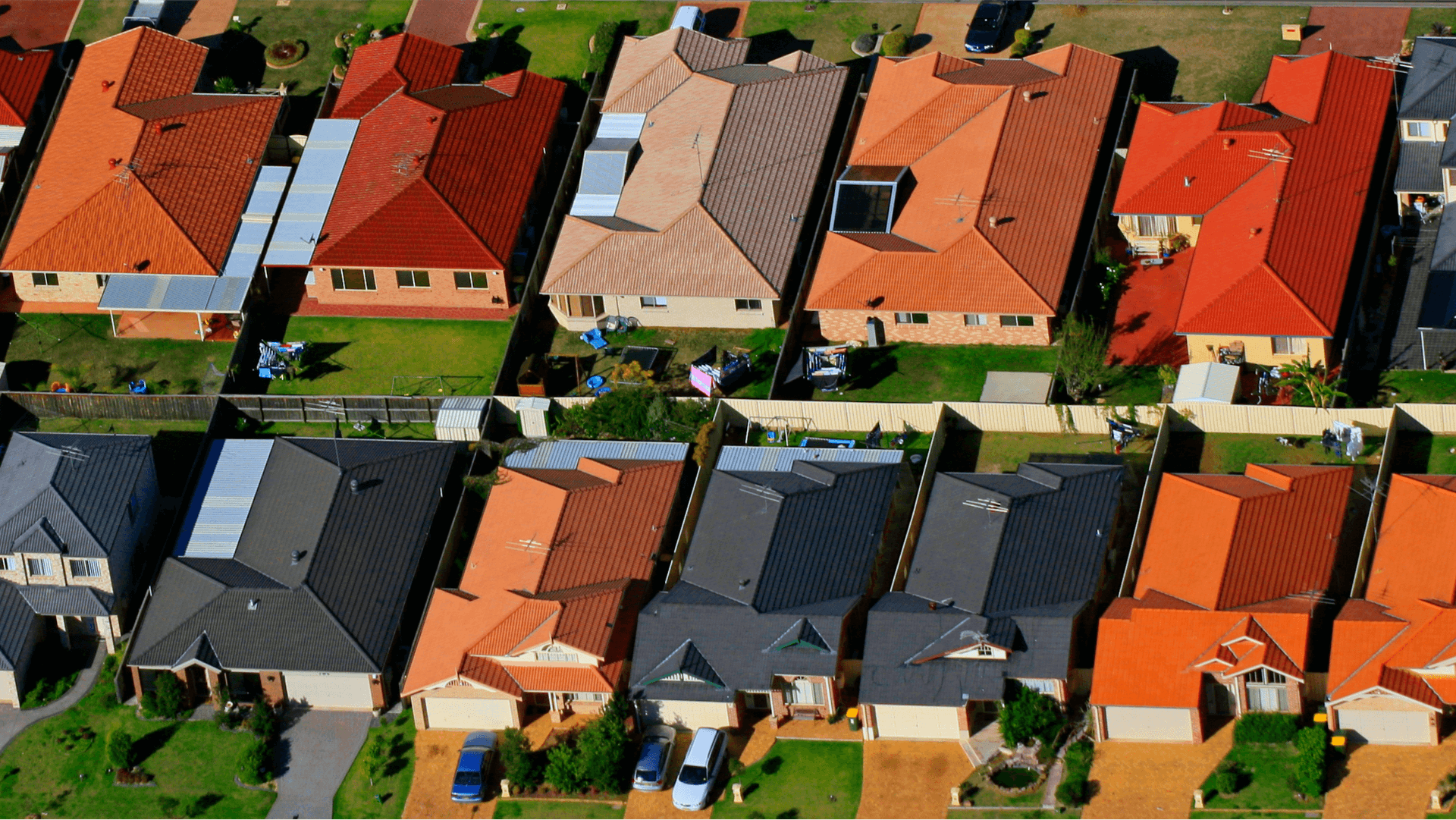Last summer’s record-breaking heatwaves had people scrambling to find some relief. Climate change is here, and it’s already dangerously hot. How much hotter is it going to get? And which places are going to see the most dangerous temps?
We looked at the top 50 largest urban areas and compared them across several factors to see specifically which ones will be especially hot as temps continue to rise. (We also found the coolest cities for climate change and the best and worst cities for climate change.)
How we ranked these cities
Using 2020 U.S. Census Bureau data, we identified the top 50 most populated metro statistical areas in the country. We then analyzed data from the Federal Emergency Management Agency (FEMA), the U.S. Environmental Protection Agency (EPA), and several other studies across six key factors to determine which of those metro areas were the best and worst for climate change.
For more details, see our full methodology.
Heat and humidity. We analyzed data from a 2017 Rutgers University study of U.S. county-level climate projections from 2040 to 2059 to calculate the average days with extreme heat over 95 degrees Fahrenheit and high wet bulb temperatures above 80 degrees Fahrenheit. Wet bulb temperatures reflect both heat and humidity — a combination that, at extreme temperatures, is deadly.
Social vulnerability. We analyzed data from the University of South Carolina’s Social Vulnerability Index to identify each city’s susceptibility to death, injury, and disruption from natural hazards.
Community resilience. We analyzed data from the University of South Carolina’s Social Vulnerability Index to identify each city’s ability to prepare for and adapt to changing conditions.
This list is a theoretical suggestion of which cities will be coolest in the coming decades. One reminder: We only looked at the 50 largest urban areas in the U.S. for this list, and there are smaller towns that will be cooler.
The hottest cities for climate change
1. Houston, Texas
Houston will be the hottest (and least prepared) large city in the U.S. in the coming years, a fact that also contributes to it being the worst city for climate change. Houstonians currently have 31 days of extreme heat each year, and can expect to see that figure rise to 85 by 2050 — double the average for the cities in our study. Moreover, that heat often comes with humidity. Now Houston has an average of 29 days with high heat and humidity; by 2050, that number will rise to nearly 64 — over three times the average of the cities in our study. Houston’s social vulnerability score was 32 out of 50 (where 50 is more vulnerable) and its community resilience ranking was 34 out of 50 (50 is more resilient). A 2022 initiative called Resilient Now aims to address extreme weather-related challenges.
2. Orlando, Florida
Orlando doesn’t usually see temperatures in the triple digits; on average, it has just eight days of extreme heat per year. But by 2050, Orlando is expected to have 64 extreme heat days, and 43 days of high heat and humidity (versus an average of nine up until now). Orlando’s social vulnerability score was 27 out of 50 (where 50 is more vulnerable) and its community resilience ranking was 42 out of 50 (50 is more resilient).
3. St. Louis, Missouri
St. Louis, which saw temps as high as 110 during the July 2022 heatwave, has an average of eight extremely hot days currently, but by 2050 that number will rise to 43. The number of days with high heat and humidity will also skyrocket, from the current average of 10 per year to 34. St. Louis’s social vulnerability score was 36 out of 50 (where 50 is more vulnerable) and its community resilience ranking was 47 out of 50 (50 is more resilient).
4. Tampa, Florida
June 2022 was the second-hottest June the city has seen since temps started being recorded. The average temp for the month was 85.2 degrees. By 2050, Tampa will see its average days of high heat rise from five per year to 56. The average days per year with high heat and humidity will rise from four to 33. Tampa’s social vulnerability score was 26 out of 50 (where 50 is more vulnerable) and its community resilience ranking was 30 out of 50 (50 is more resilient).
5. Memphis, Tennessee
The city of blues is expected to see 63 days of extreme heat per year by 2050, and around 49 days of high heat and humidity, up from 16 and 19, respectively. Memphis’s social vulnerability score was 23 out of 50 (where 50 is more vulnerable) and its community resilience ranking was 22 out of 50 (50 is more resilient). According to news reports, hundreds of Memphis residents were admitted to the hospital in June 2022 with heat-related illness, and those numbers will increase high as heat becomes more common.
6. Miami, Florida
Miami, which appointed a Chief Heat Officer in 2021 to raise the public's awareness about the dangers of extreme heat, currently sees two days of extreme heat per year; by 2050, that number will rise to 33 days. The city’s twelve average days of high heat and humidity will increase to around 42 days of high heat and humidity each year. Miami social vulnerability score was 49 out of 50 (where 50 is more vulnerable) and its community resilience ranking was 37 out of 50 (50 is more resilient).
7. Jacksonville, Florida
Jacksonville’s current average of 13 days of extreme heat each year will skyrocket to 57 days — nearly two months — of extremely hot days a year by 2050. Its current average of 15 days of high heat and humidity will increase to 52 days. Jacksonville’s social vulnerability score was 20 out of 50 (where 50 is more vulnerable) and its community resilience ranking was 15 out of 50 (50 is more resilient). Volunteers in the city participated in a heat mapping study in July to help researchers understand which areas of the city are most vulnerable to high temperatures.
8. New Orleans, Louisiana
New Orleans famously has to contend with rising waters and brutal storms, but it’s also going to be extremely hot. The city currently has five days per year of extreme heat, and by 2050 that’s expected to increase to 44 days. The city also will see an increase in its average number days with the dangerous combination of high heat and humidity, up from the current average of 15 to 49 days per year.
New Orleans’s social vulnerability score was 35 out of 50 (where 50 is more vulnerable) and its community resilience ranking was 1 out of 50 (50 is more resilient). The city recently installed several WeatherSTEM stations for increased monitoring of extreme weather, including heat.
9. Dallas, Texas
Dallas, which has broken several temperature records already in 2022, including a 109 degree day in July, is already hot, seeing 51 days per year with extreme heat. By 2050, that number will nearly double to 94 days, nearly three months of brutal temperatures. The extremely dangerous high heat and high humidity days will also double, but the numbers are mercifully low: the average of two days per year will increase to four by 2050. Dallas’s social vulnerability score was 38 out of 50 (where 50 is more vulnerable) and its community resilience ranking was 39 out of 50 (50 is more resilient).
10. Riverside, California
By 2050, this SoCal city is expected to have the highest number of extreme heat days of any city in our study: nearly six months — or 178 days. It currently has 143 days of high heat, on average. The desert city, however, won’t contend with the super dangerous high heat and humidity days that our cities on our list will: the city sees an average of below one day per year (.1), and by 2050 that won’t meaningfully increase (.5). In Riverside, high heat isn’t just a danger to health: it also contributes to wildfire danger. Riverside’s social vulnerability score was 33 out of 50 (where 50 is more vulnerable) and its community resilience ranking was 46 out of 50 (50 is more resilient).
Hot weather and homeowners insurance
If you’re worried about rising temperatures, your home may have everything to do with how you stay cool, but your homeowners insurance may not.
Homeowners insurance and air conditioning
While air conditioners are essential in keeping cool, homeowners insurance only covers A/C units if they are damaged or destroyed by a peril named in your policy. Not among those named perils: high temperatures. That means if your air conditioner is on the fritz, you will be paying out of pocket. When will insurance cover an A/C unit? If it’s stolen or damaged in a fire, storm (though not a flood), or power surge.
Homeowners insurance and power loss
Obviously you need power to keep your A/C and fans running in a heatwave, but if your power goes out and you need to decamp to a hotel, you’ll be paying for it yourself — except in certain situations. For example, if your power loss is accompanied by home damage from fire or wind, your stay could be covered by your loss of use coverage.
Methodology
To identify the hottest cities for climate change in the U.S., we analyzed the 50 largest urban areas in the United States across six data points:
Number of days with extreme heat (25%): Projected average number of days from 2040 to 2059 with temperatures above 95 degrees Fahrenheit. (Rasmussen, D. J.; Meinshausen, Malte; Kopp, Robert E.)
Increase in days with extreme heat (20%): Projected increase in extreme heat days compared to the present day. (Rasmussen, D. J.; Meinshausen, Malte; Kopp, Robert E.)
Number of days with high wet bulb temperatures (15%): Projected average number of days from 2040 to 2059 with wet bulb temperatures above 80 degrees Fahrenheit. (Rasmussen, D. J.; Meinshausen, Malte; Kopp, Robert E.)
Increase in days with high wet bulb temperatures (10%): Projected increase in extreme heat days compared to the present day. (Rasmussen, D. J.; Meinshausen, Malte; Kopp, Robert E.)
How vulnerable a place is to climate change (15%): The susceptibility of a community to the adverse impacts of natural hazards, including disproportionate death, injury, loss, or disruption of livelihood. (University of South Carolina)
How resilient a place is at preparing and adapting to climate change (15%): The ability of a community to prepare for natural hazards, adapt to changing conditions, and recover rapidly from disruptions. (University of South Carolina)
We assigned different weights to factors, with the number of days of extreme heat (25%) and the increase in the number of days of extreme heat (25%) getting the most weight. The number of days with high wet-bulb temperatures (15%), social vulnerability score (15%), ad community resiliency score (15%) were rated equally. The increase in the number of wet bulb days was weighted at 10%. The worst ranking cities are directly correlated with a high number of extremely hot and high wet bulb temperature days, a high social vulnerability score, and a low community resiliency score.


